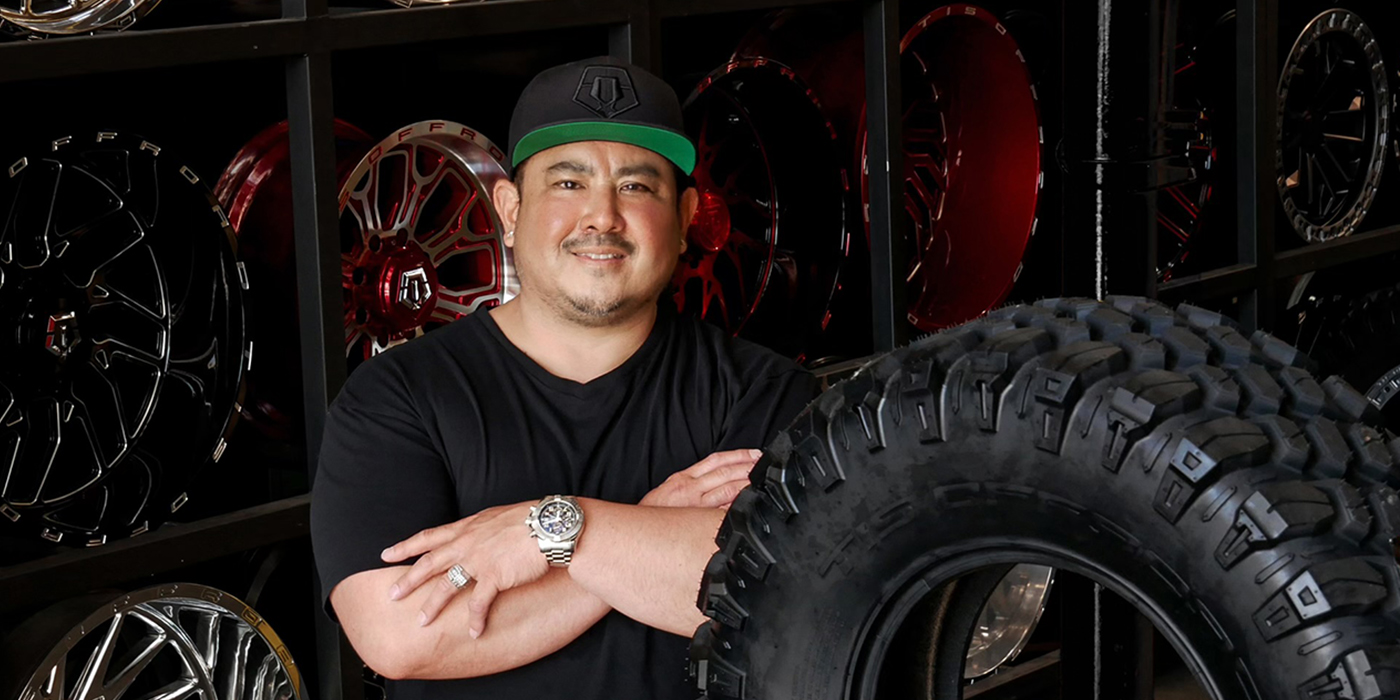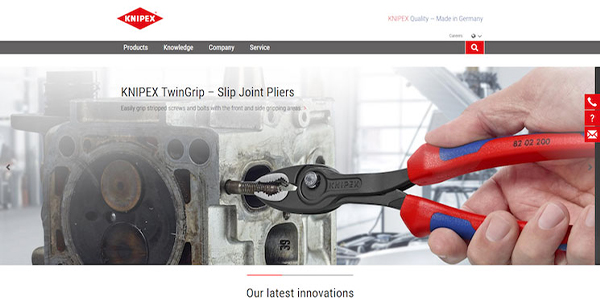I adore online shopping. As a consumer, the convenience of buying gifts, clothes and everyday essentials at 11 p.m. from my couch is priceless. However, being a vendor is another, more complex matter. One of the many challenges for companies conducting business online is evaluating website accessibility under the Americans with Disabilities Act (ADA).
About the Americans with Disabilities Act
Originally enacted in 1990, the ADA prohibits discrimination by employers and other covered groups on the basis of disability. Title III of the ADA specifically prohibits disability-based discrimination in places of public accommodation. What’s a place of public accommodation? If you’re reading this, you probably are at such a place. Businesses generally qualify as places of public accommodation under Title III if they are open to the public and sell goods or services.
In 1990, the internet as we know it today was still a twinkle in Al Gore’s eye, and disability discrimination in places of public accommodation occurred mostly in person. It is unsurprising, then, that the ADA was drafted with physical barriers to entry in mind such as parking spaces, ramps and doors. However, because so many customers now interact with your business online before setting foot in your store (if they ever do!), websites and other mobile applications have become the newest frontier for litigation concerning public accommodation.
Why Should You Care?
Most of us spend hours online every day, so it is unsurprising that litigation concerning the ADA accessibility of websites has exploded in recent years. Many of these lawsuits allege accessibility issues for the visually impaired or allege that websites aren’t coded for the use of assistive technology. Unfortunately, while many suits have been filed, the courts’ guidance is conflicting, even about basic issues like whether and to what extent Title III applies to websites. Some federal courts like the First, Second and Seventh Circuit Courts of Appeals (which are over states including Maine, New York, and Illinois), have found that a website can be a place of public accommodation. The U.S. Department of Justice – the agency tasked with enforcing Title III of the ADA – also takes this position. Some courts, like the Third, Sixth and Ninth Courts of Appeals (which are over states including Pennsylvania, Tennessee and California) have found that websites fall within the ADA’s protections if the website is sufficiently connected to a brick-and-mortar store. And litigation on this subject isn’t evenly distributed. While some courts don’t appear to have addressed the issue at all, Florida and New York courts have handled a huge number of these cases. California is also likely to become a popular venue for this type of litigation soon.
The Department of Justice has not issued any specific guidance to companies, either. As of 2018, the Department of Justice had actually withdrawn some proposed regulations on this subject and told Congress that it was evaluating whether specific web accessibility standards were necessary and appropriate to ensure compliance with the ADA. However, the department was careful to note that the lack of regulation would not serve as an excuse not to comply with the statute’s requirements.
What is a company to do if neither the law nor the courts are providing helpful and consistent guidance? How can you ensure your website is accessible if the Department of Justice isn’t providing direction? In 2017, the federal government issued a regulation stating that all federal websites had to comply with the World Wide Web Consortium’s (W3C) Web Content Accessibility Guidelines (WCAG 2.0). In the wake of that regulation, as well as some court decisions referencing these guidelines, the WCAG 2.0 has become a generally accepted tool for evaluating the accessibility of a website.
Does Your Website Measure Up?
If you’re not sure if your website is accessible to disabled persons, then now is the time to figure that out. In general, your website should be free of barriers that would prevent someone with a disability from fully using it. While a company could potentially achieve that accessibility in a number of ways, the WCAG 2.0 recommends that a website be perceivable, operable, understandable and robust. While that clear-cut guidance doubtlessly answers all your questions, if you need more tips, the WCAG 2.0 also states a website should do things like the following:
- Provide text alternatives for all non-text content;
- Be coded to work with assistive technologies like screen readers;
- Allow users to resize the text up to 200% without losing content or functionality;
- Create content that may be presented in multiple ways without losing information. For example, a website should provide captions for all live audio content;
- Allow for independent control of audio (for example, by allowing pausing or stopping);
- Avoid content designs that are known to cause seizures;
- Allow users the ability to fully navigate a website through a keyboard.
Further, keep in mind that your website should be accessible not only to potential customers but to job seekers as well. If your website is not accessible to applicants with disabilities, you could be unintentionally discriminating against a class of job seekers. If so, you may be missing some highly qualified candidates while also making your company vulnerable to a failure to hire claim.
Finally, keep in mind that this area of law is almost certainly going to evolve in the coming years. Prudent companies will pay attention to the trends in this area and reevaluate their websites regularly.
This column is made available by the attorney and publisher for educational purposes only, to give you general information and a general understanding of the law, not to provide specific legal advice or to establish an attorney-client relationship. This column should not be used as a substitute for competent legal advice from a licensed professional attorney in your state.
Article courtesy TIRE REVIEW magazine.













